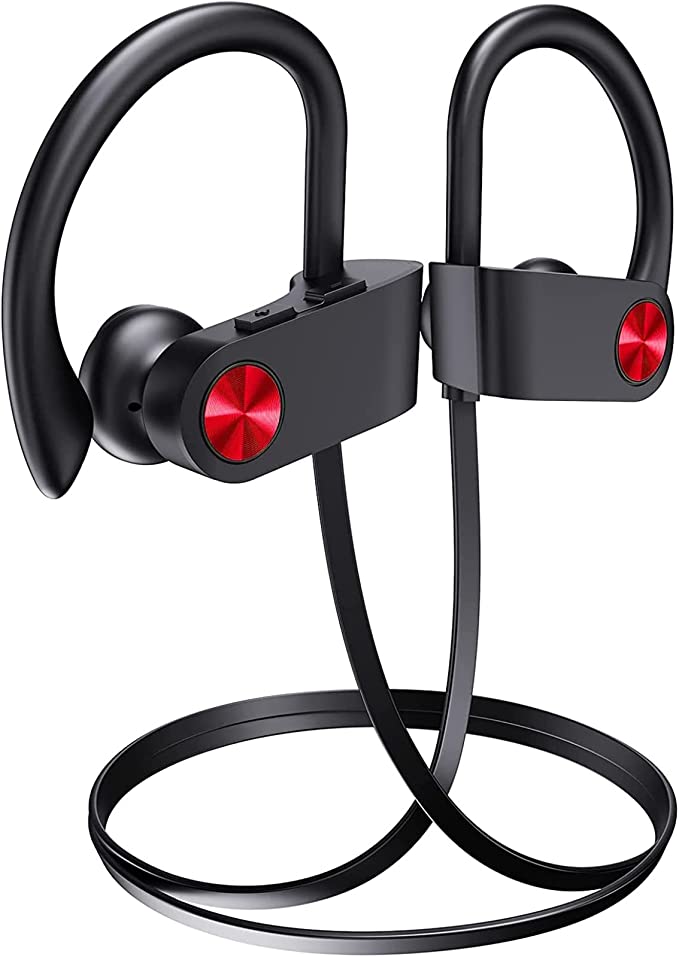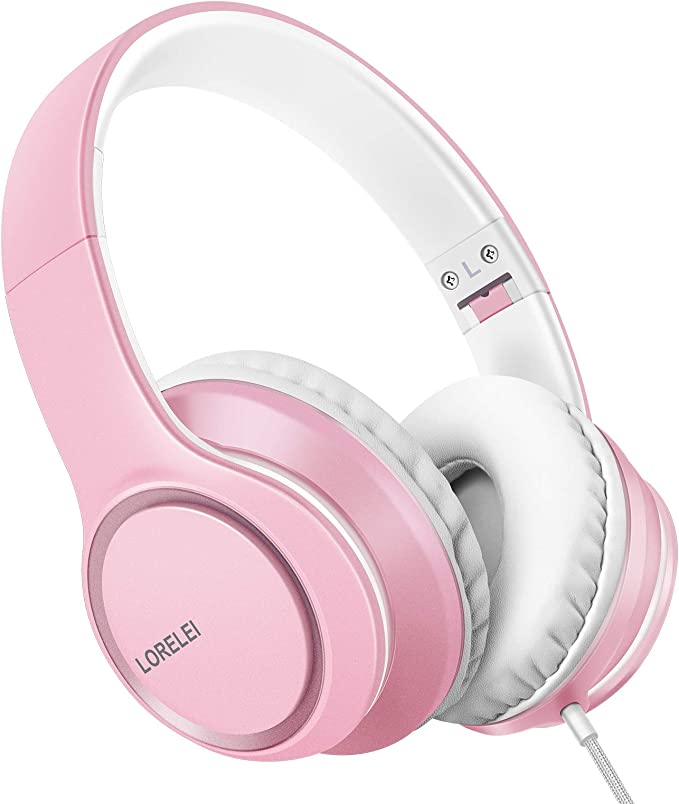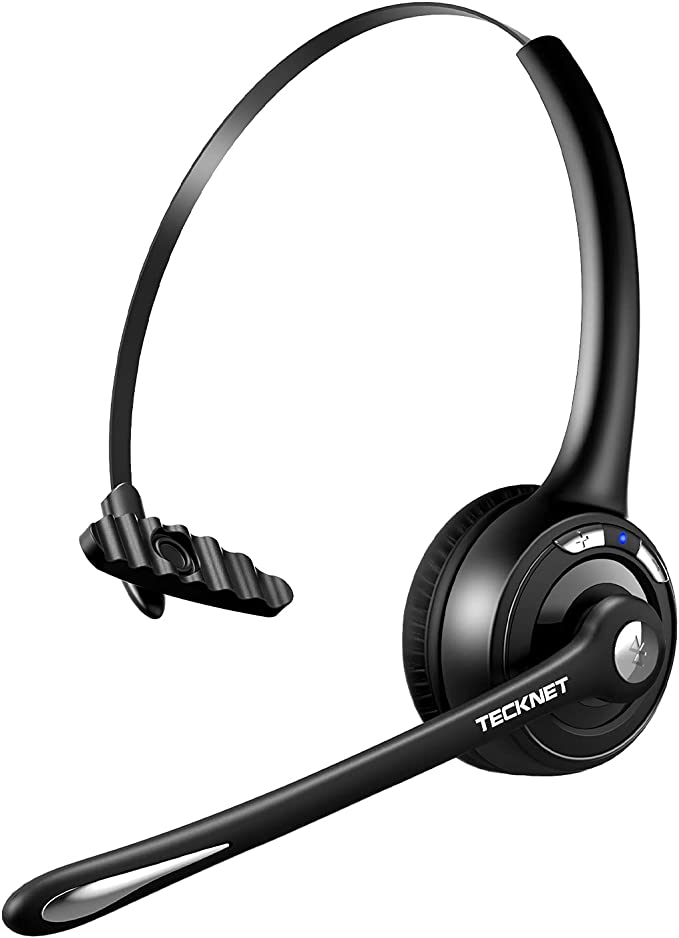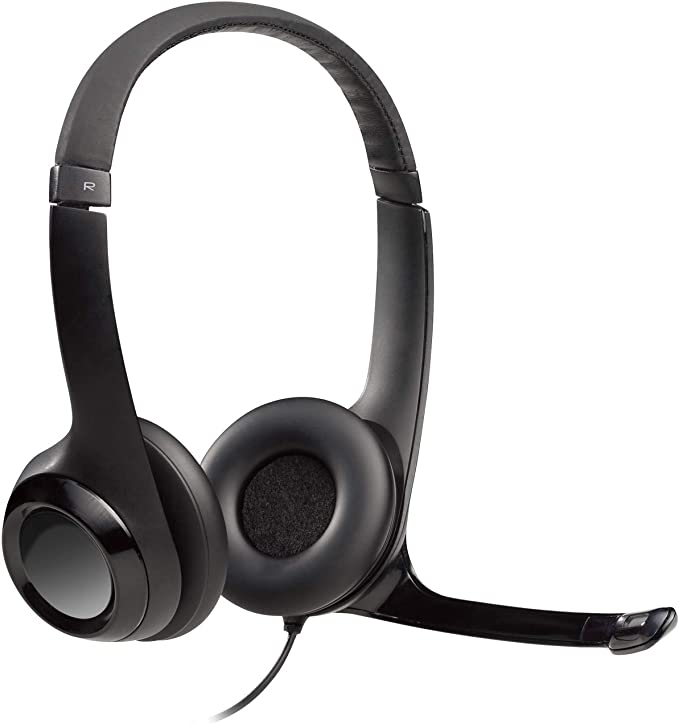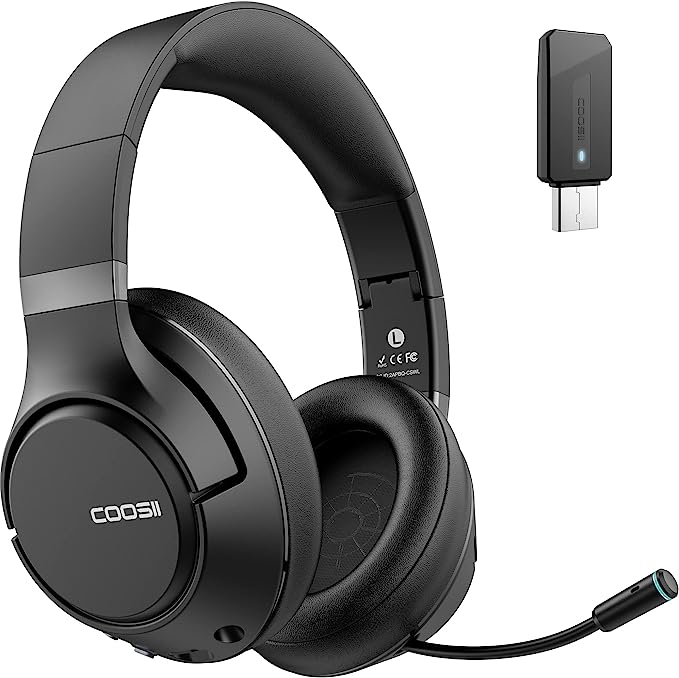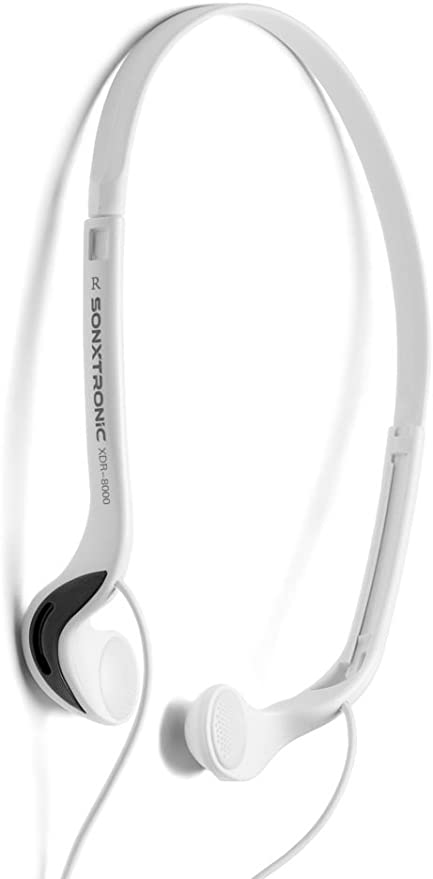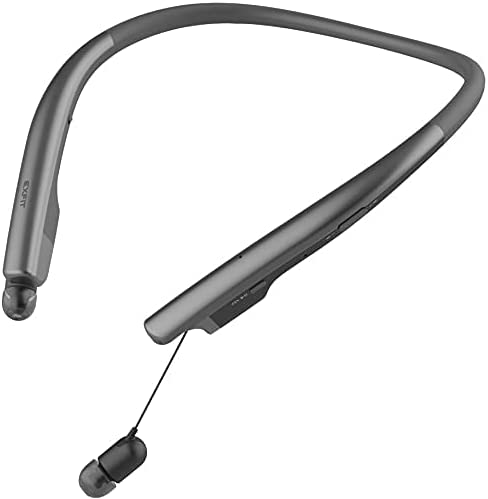The Breathing Box: The Physics of Rhythm in the Trinity College Concertina
Update on Nov. 24, 2025, 8:41 a.m.
Most instruments are static; they wait for you to bring them to life. The piano sits heavy on the floor; the guitar hangs passively from a strap. The Anglo Concertina, however, is alive. It expands and contracts like a lung. It breathes.
This mechanical respiration is not a flaw; it is the engine of a specific musical tradition. The Trinity College AP-1230A is not just a collection of buttons and bellows; it is a physical manifestation of the rhythm that drives Irish jigs, English Morris dances, and sea shanties. To play it is to enter into a partnership with physics, where the very act of pushing and pulling creates the pulse of the music.

The Bisonoric Engine: Why It Fights You (And Why That’s Good)
The AP-1230A is an Anglo-Style concertina, which means it is Bisonoric. Like a harmonica, each of its 30 buttons produces two different notes: one when you push the bellows in, and another when you pull them out.
This design creates a unique Biomechanical Constraint. * The Push-Pull Rhythm: To play a scale or a melody, you are forced to constantly reverse the direction of the bellows. This physical reversal creates a natural, percussive “gap” or accent between notes. * The Dance: This mechanism naturally imparts a bouncy, rhythmic feel—the “lift” essential to dance music. Unlike an accordion (which plays the same note both ways) that can produce long, smooth drones, the Anglo concertina wants to be rhythmic. It fights against legato (smoothness) to enforce staccato (punchiness).
For the learner, this transforms the instrument into a teacher. It physically guides your hands into the correct rhythmic articulation required for folk music.
The Logic of C/G: A Map of Harmony
The buttons on the AP-1230A are not arranged randomly. They follow the C/G Wheatstone/Lachenal Layout. Why these two keys? * The Circle of Fifths: C and G are adjacent on the Circle of Fifths. This means they share many notes, allowing for seamless transitions between keys. * Ergonomic Harmony: The layout is designed so that the most common chords in folk music (G, C, D) fall easily under the fingers. * Cross-Row Fingering: Advanced players use the “accidental” notes on the third row to smooth out the bellows direction. By crossing rows, you can find a “pull” note to match your current “pull” direction, allowing for smoother runs when needed. This layout is a brilliant piece of 19th-century logic, optimizing the limited number of buttons for maximum musical versatility.

Hybrid Architecture: The Free Reed Revolution
At the heart of the sound is the Free Reed. When air rushes past a metal tongue, the Bernoulli Effect causes the tongue to be sucked into the slot, creating a vibration cycle.
The AP-1230A is a Hybrid Concertina. * Traditional Reeds: Vintage concertinas use reeds mounted radially on a pan. They are mellow but quiet and incredibly expensive to repair. * Accordion Reeds (Hybrid): The AP-1230A uses high-quality accordion reeds mounted on a flat board. These reeds are generally stiffer and lighter.
The Physics of the Hybrid Sound:
1. Attack: Accordion reeds speak faster. They require less air pressure to start vibrating, making the instrument more responsive for fast ornaments like “rolls” and “cuts.”
2. Projection: They produce a brighter, punchier tone with more higher-order harmonics. In a noisy pub session, this allows the concertina to “cut through” the sound of fiddles and guitars without the player needing to force the bellows.
This hybrid design democratizes the instrument, offering professional-level responsiveness at a fraction of the cost of a vintage Jeffries or Wheatstone.

Material Science: Walnut and Air
The chassis of the AP-1230A is finished in Simulated Walnut Laminated Wood. While aesthetic, the choice of wood laminates also serves a structural purpose. Solid wood expands and contracts with humidity, which can crack the delicate air chambers. Laminates are dimensionally stable, ensuring the instrument remains airtight in varying climates—from a damp Irish coast to a dry Arizona desert.
The 8-Fold Bellows act as the pneumatic pump. The number of folds is a trade-off: too few, and you run out of air; too many, and the instrument becomes floppy and hard to control. Eight folds provide the optimal balance of air volume and mechanical leverage for the beginner to intermediate player.

Conclusion: A Ticket to Tradition
The Trinity College AP-1230A is more than a starter instrument; it is a cultural passport. By mastering its push-pull logic, you are not just learning notes; you are internalizing the physics of a musical tradition that has survived famines, sea voyages, and centuries of change. It puts the heartbeat of that tradition directly into your hands.

